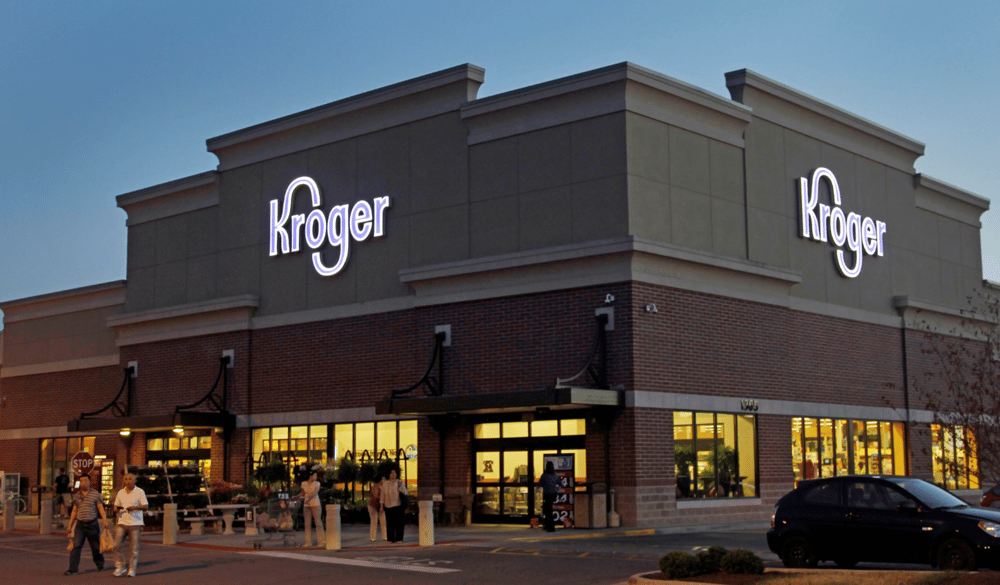Kroger to Close 60 Stores as Part of Strategic Restructuring Plan
Kroger Co. $KR announced on June 20 its intention to shut down 60 retail stores over the next 18 months, citing operational streamlining and a need to reallocate capital more efficiently. Although the company did not provide a list of the specific locations, the closures represent approximately 2% of its 2,731 stores across 35 U.S. states, as reported at the beginning of the fiscal year. This development marks a shift in Kroger's physical retail strategy, reflecting both changing consumer behavior and rising cost pressures across the grocery industry.
Rationale Behind the Closures
The Cincinnati-based retailer disclosed a $100 million impairment charge tied to the store closures, indicating underperforming assets being written down. Despite the one-time cost, Kroger anticipates a modest financial benefit in the long term. According to the company, funds saved through this consolidation will be redirected toward enhancing customer experience, including better service levels, in-store operations, and inventory optimization.

Operational Impact and Workforce Reallocation
Kroger emphasized that its workforce will not face mass layoffs. All affected employees will be offered roles at other nearby locations within the chain. This aligns with Kroger’s stated goal of maintaining employee retention and mitigating disruption to its labor force.
The company’s approach to redeployment includes:
Identifying comparable roles at neighboring locations;
Offering retraining or reskilling programs;
Coordinating transition timelines to align with store closure schedules;
Preserving employee benefits during relocation;
Minimizing operational downtime across remaining stores.
This human capital strategy suggests Kroger is attempting to preserve institutional knowledge while avoiding reputational damage typically associated with widespread job cuts.

Financial and Market Context
Kroger's decision comes amid persistent margin compression in the grocery sector due to inflation, supply chain volatility, and rising labor costs. By exiting underperforming sites, the company appears to be optimizing its store portfolio to focus on high-traffic, high-efficiency locations. Additionally, Kroger is facing mounting competition from e-commerce grocery platforms and big-box retailers like Walmart $WMT and Amazon $AMZN, both of which continue to expand their grocery offerings. The closures may allow Kroger to allocate more resources to its digital initiatives and supply chain modernization.
Strategic Outlook
While the closures represent a contraction in footprint, the underlying goal is clearly profit stabilization and customer-centric reinvestment. With retail dynamics evolving rapidly, Kroger appears to be proactively reshaping its cost structure and delivery model. By focusing on operational efficiency and reallocating capital into high-performing areas, the company is signaling a longer-term shift toward leaner, tech-integrated grocery retailing. If implemented effectively, this strategy could enhance shareholder value while ensuring Kroger remains competitive in a saturated and margin-sensitive environment.















Comments
This closure plan highlights the tough reality grocery stores face in today's market.
It's a bold move for Kroger, but I wonder how it will affect their customers in those areas.